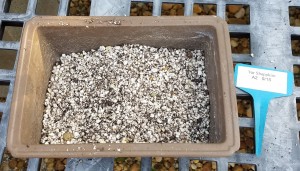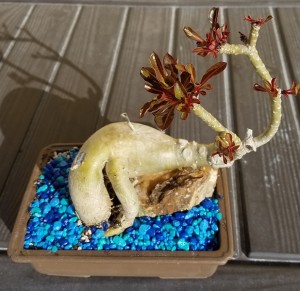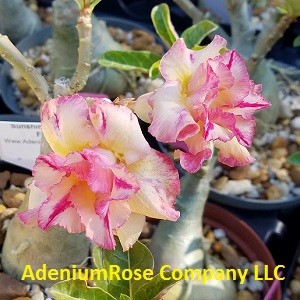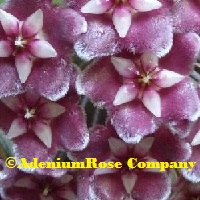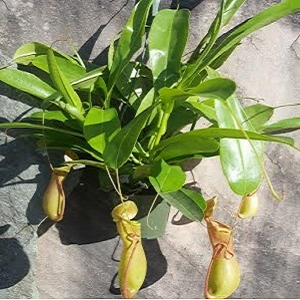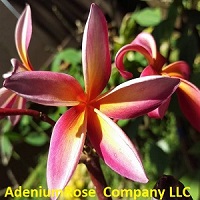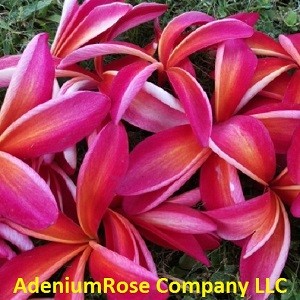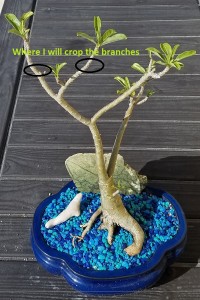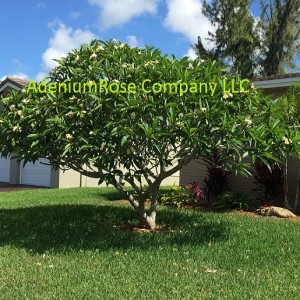Q: Pruning and cropping is the same thing right? When you have a adenium plant that’s a little leggy and the graft lines are high, how do you prune them to let the trunk catch up. Thank you for your help
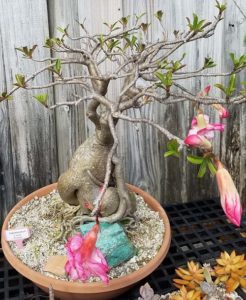
Answer: Pruning or cropping adenium plant branches is need to grow fatter plants. Adenium plant leaf and branch growth mostly occurs are the end of the branches. Sometimes you may get a stray branch that pops out on an older branch below the current leaves but not often. More branches/leaves means faster growth. Faster adenium plant growth requires more roots to grow which results in a larger caudex on the desert rose plant.
Here are the general rules we use to force the desert rose plant caudex to grow wider and to grow more branches:
- Use a bonsai pot so the roots do not grow deep but wide
- After each growing season repot the plant (use same post if wide enough) but expose a bit more of the roots/caudex. Do the repotting when you still have at least 30 days of your growing season let and after you see new branches below the cropping on your desert rose plant.
- Do not crop until the plant is in a new growing season and once you see new growth. Many types of plants you can crop while they are dormant, however, cropping an adenium plant produces the best results (not rot, no branch die back) during the spring after you already notices some growth.
- Crop above the graft about 2″ to 3″.
- Once your crop / prune the adenium plant you must let it heal over for 5 to 10 days depending upon your growing environment.
There are several other articles on this blog about cropping your adenium plant. make sure you are using the correct soil, proving enough sunlight and use a root growth hormone such as Dyna-gro K-L-N each time you re-pot the plant. These are the procedures Epic Grower LLC uses on the plants at their nursery.


